Is cream paint back on trend? 7 ways interior designers use this once shunned shade
Cream paint is enjoying a bit of a moment. Interior designers reveal their favorite shades and how to use them
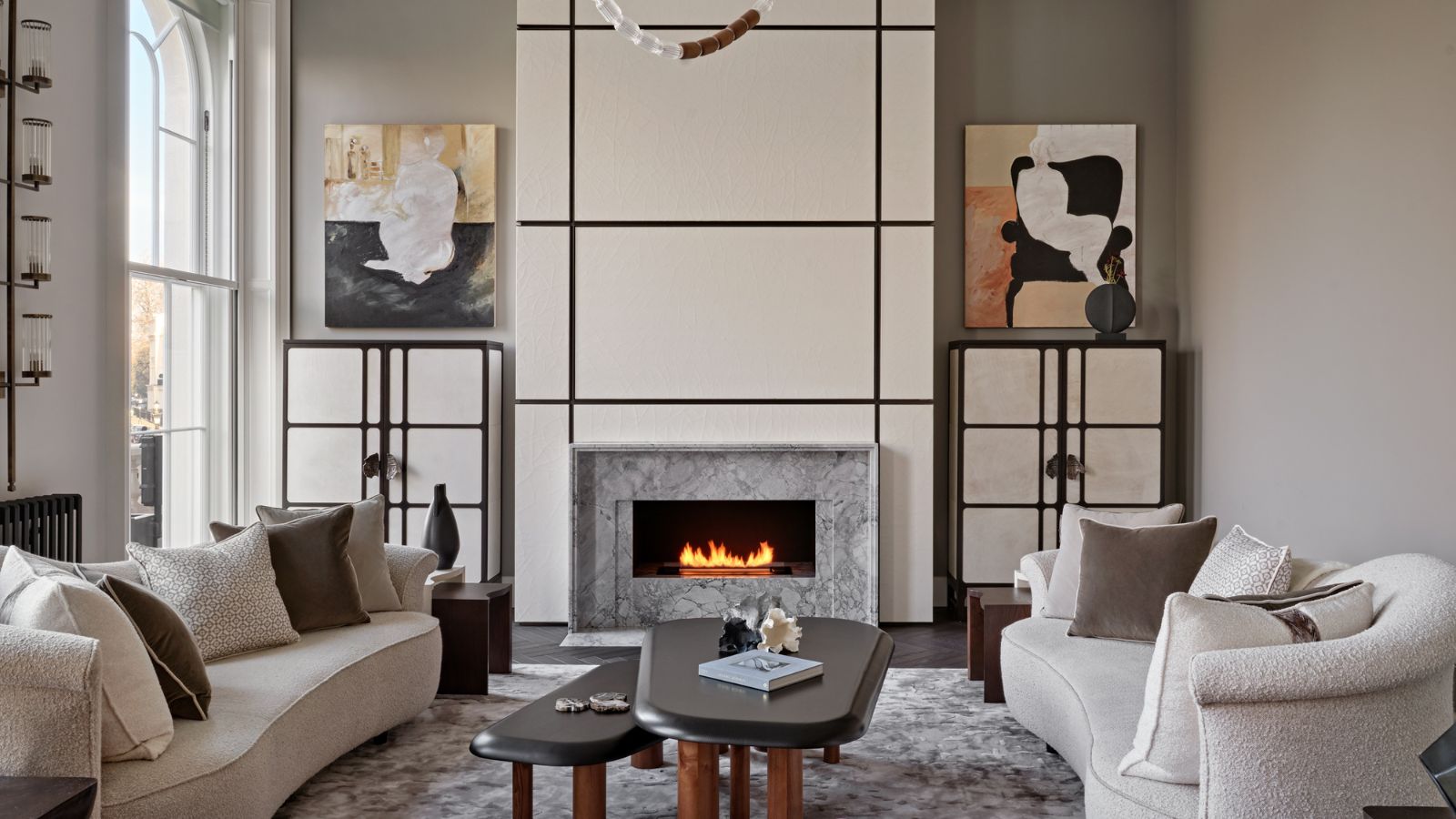
- 1. Brighten a space with cream paint
- 2. Go for calm, layered luxury in an all-cream scheme
- 3. Get the shade of cream spot on
- 4. Use cream paint in any room – nowhere is off limits
- 5. Consider the paint finish as well as its shade
- 6. Introduce color with art, rugs, throws and pillows
- 7. Be aware of the downsides to using cream paint
Is cream paint on trend? Well, the truth is it never really went away. The stalwart of the interior design world and the ultimate neutral, cream paint has always found a way into our hearts and homes, and usually features in color trends in some form or other.
Looking back over the past 10 years or so, it could be said that cream paint faded into the background a little, as gray shades and darker paints took their turns in the top slot. However, what we're seeing now is something of a cream paint renaissance. Softly, softly this calm, quiet, and luxurious color is back in favor and being appreciated again in homes of all shapes and sizes.
With that in mind, we've asked interior designers for their tips on how and where to use cream paint, and for their favorite brands and shades. Follow their expert advice on how to choose paint colors and learn how to get the best results from your neutral paint schemes.
Is cream paint on trend?
Cream paint has always been a popular choice for walls and woodwork and, since it's such a classic, the interior design experts are predicting that this will continue, with cream more than holding its own alongside other color trends that come and go.
‘We’ve been seeing a lot more cream paint in interiors recently and personally, I’m delighted,' says Jennifer Ebert, editor-in-chief of homesandgardens.com. 'Cream gives a softer edge to quiet neutral schemes than you’d get with a bright white paint, and is ultimately a more livable choice.'
Interior designer Andi Morse of Morse Design agrees: 'Like white paint, cream paint is always on trend and at the same time classic. It never goes out to have light walls, and cream is a great alternative if you don't want stark white. It lends to a warmer vibe.'
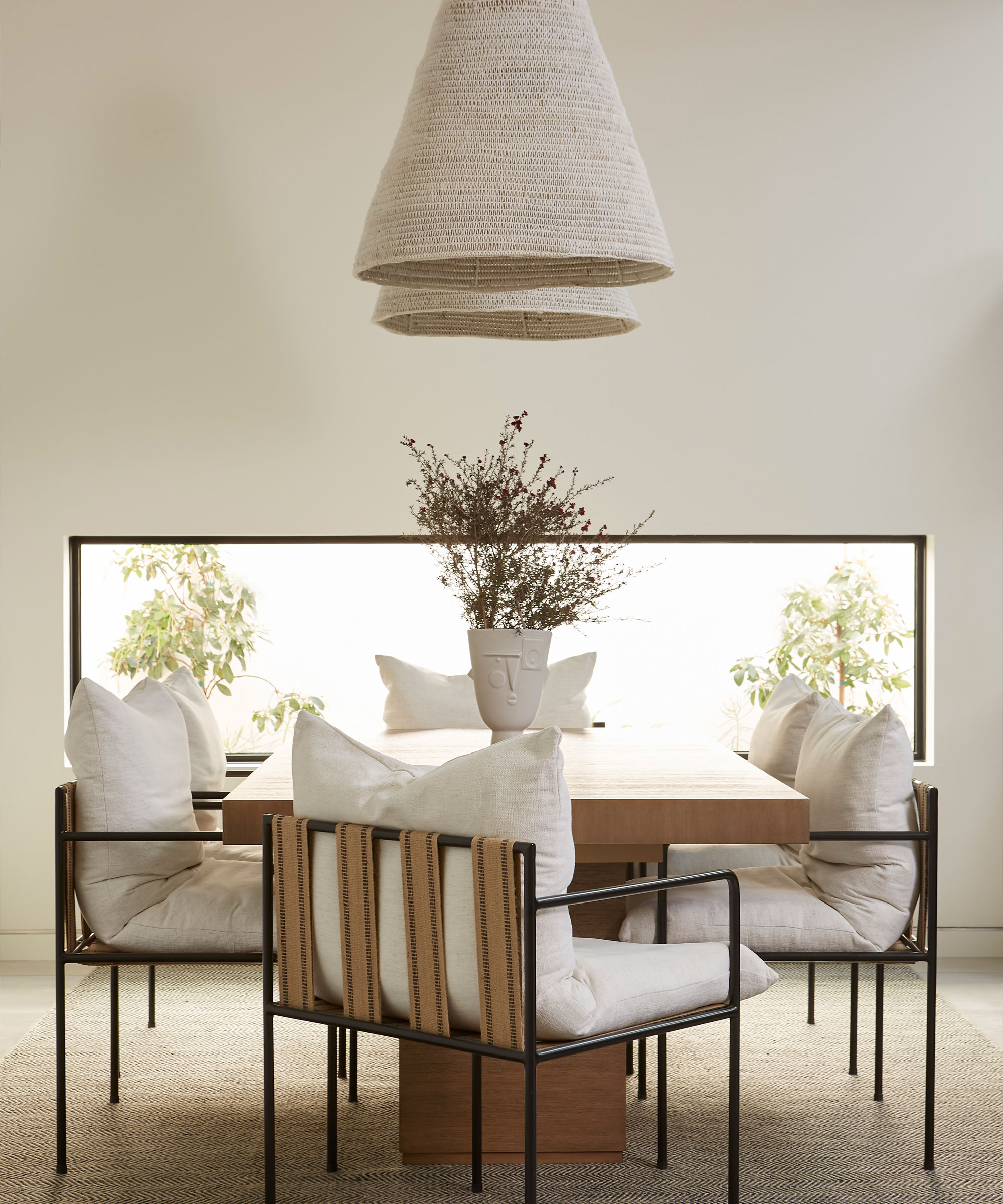
Is cream replacing gray?
What color is replacing gray for interiors? You've guessed it: cream. So in that case, is cream paint on trend and here to stay? 'Absolutely!' says designer Lauren Sparber. 'Gone are the days of gray only. We have been using a lot of creams in our designs recently, people are responding to its warm undertones, although we typically avoid the ones that lean yellow.'
Designer Cathleen Gruver adds 'I think cream is trendy right now, but I don't think it's a trend. I wouldn't look back on the color and feel it had dated if I used it in a space. I think it is timeless.'
Timeless, classic, luxurious, calm, neutral and universal – whichever way you see cream paint, those are six good reasons to use it, right there.
1. Brighten a space with cream paint
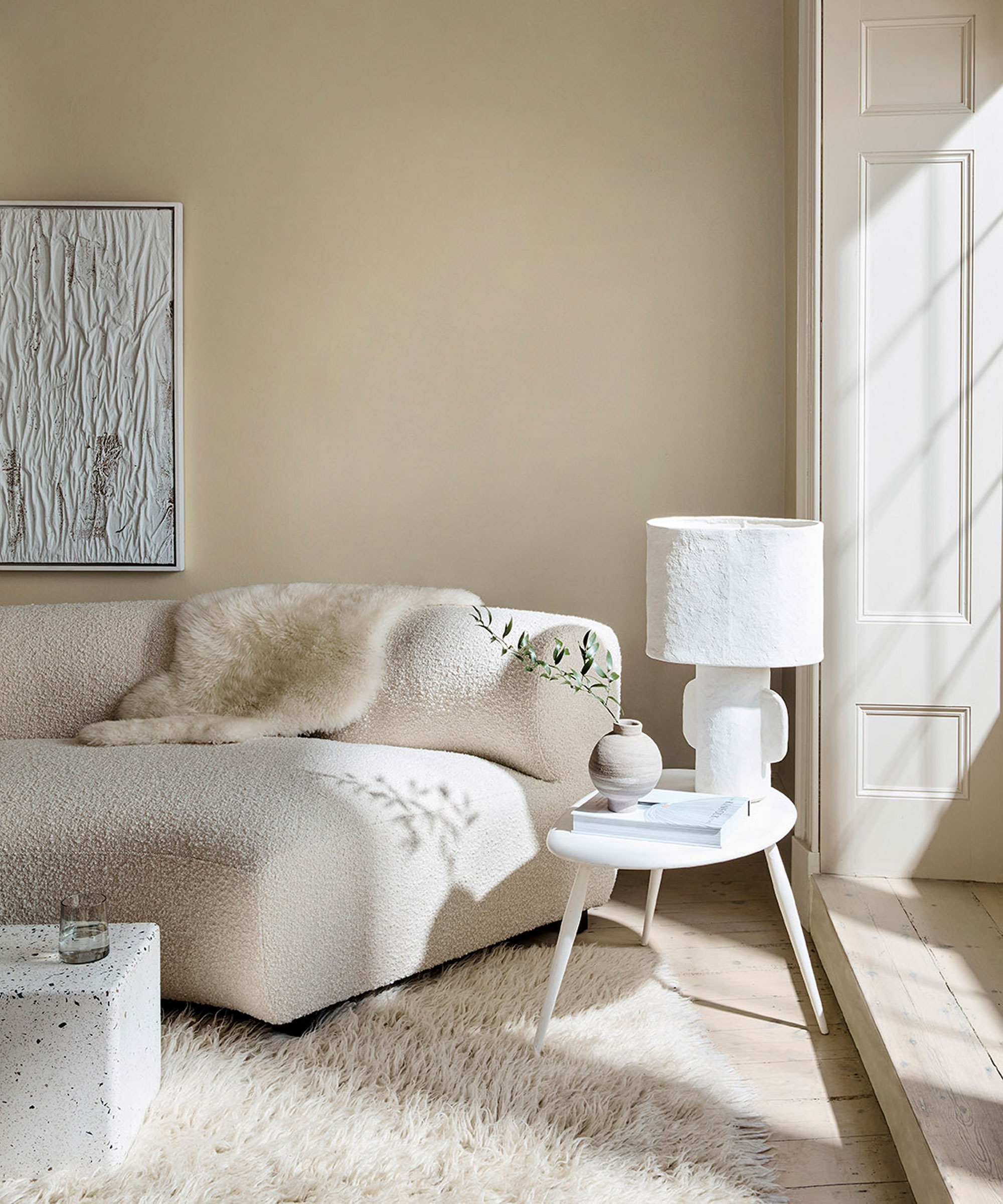
The desire to bring more light into our homes, or to give the illusion of more light, never goes out of fashion. The great thing about cream paint is that it can look good and enhance rooms with abundant natural light but can also increase the sense of light and airiness in rooms where daylight and space is limited.
Interior designer Cathleen Gruver, of Northern Virginia-based firm Gruver Cooley, says: 'Cream paint is a great option for any room that needs to be brightened or if someone is looking for a neutral backdrop to their art or furnishings.'
Contrary to what you might think, cream paint isn't just for expansive, minimalist style or open-plan settings. You can achieve great results in small rooms, creating a cozy den with cream paint as the base, as Gail Taylor, creative director of Th2 Designs, explains. 'If you can find the smallest space to turn into a little retreat and your personal sanctuary, try basing the color scheme on soft whites and creams to give you that instant Zen feel to calm the nerves and lift the spirits,' she says.
2. Go for calm, layered luxury in an all-cream scheme
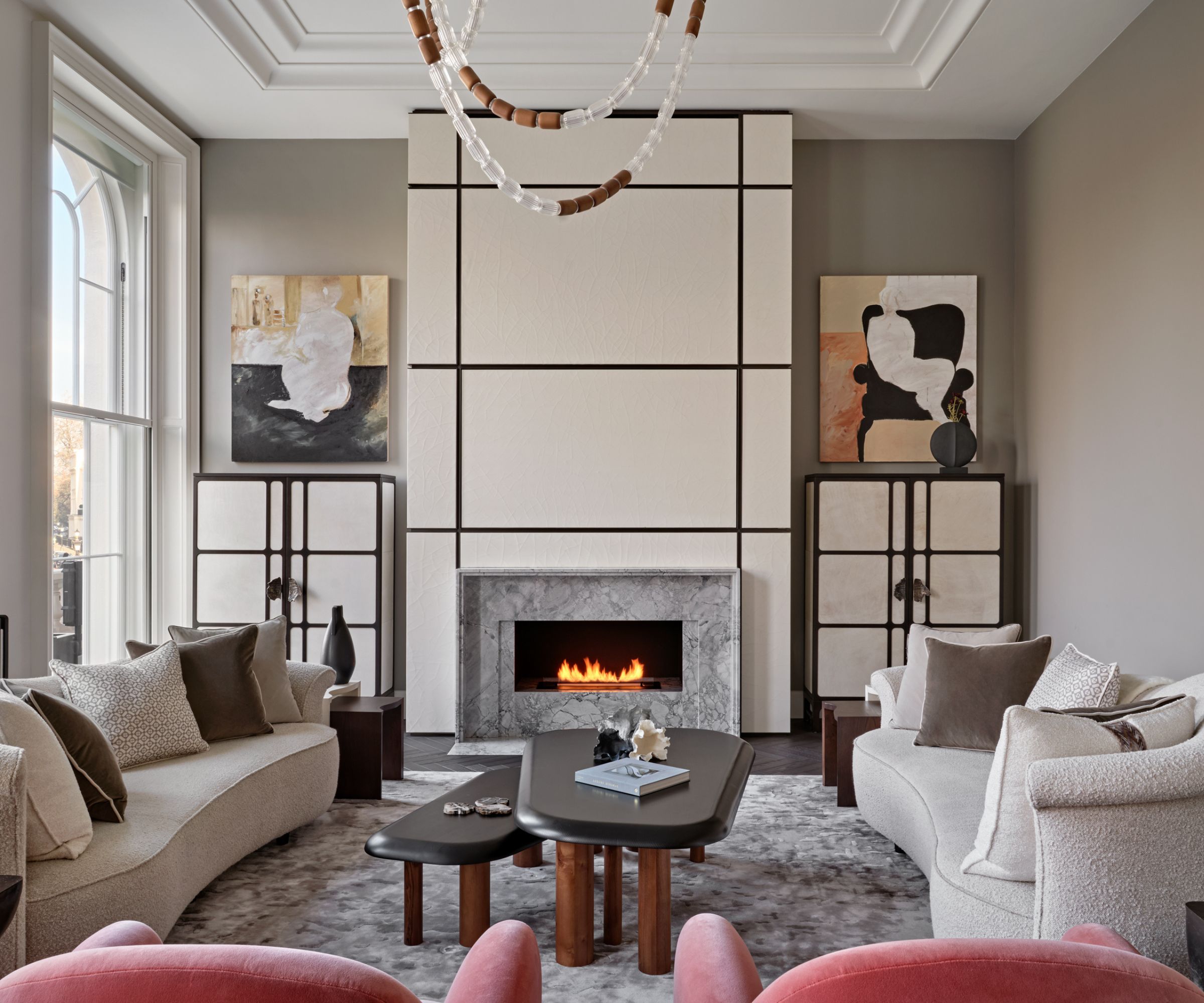
Cream paint is easy on the eye and on the mind. It's a great choice of color if you want to feel happier at home as it can give off a very relaxing vibe. Including a wealth of textures all on the cream theme will add depth and interest to the scheme, just as Marie Soliman of Bergman Design House has done in this neutral living room.
Create a richly layered look by complementing cream walls with shades of cream and warm white for furniture and furnishings.
'A cream interior can create an inviting and luxurious feel so long as the shades contain a warm base to prevent a room feeling too cold,' adds Gail Taylor. 'We often combine warm white schemes with neutral linens and natural weaves, ivory velvets and soft white wools. This trick of layered textures in shades of cream is a great solution in creating a sanctuary-like space that makes you feel good as soon as you walk through the door.'
3. Get the shade of cream spot on
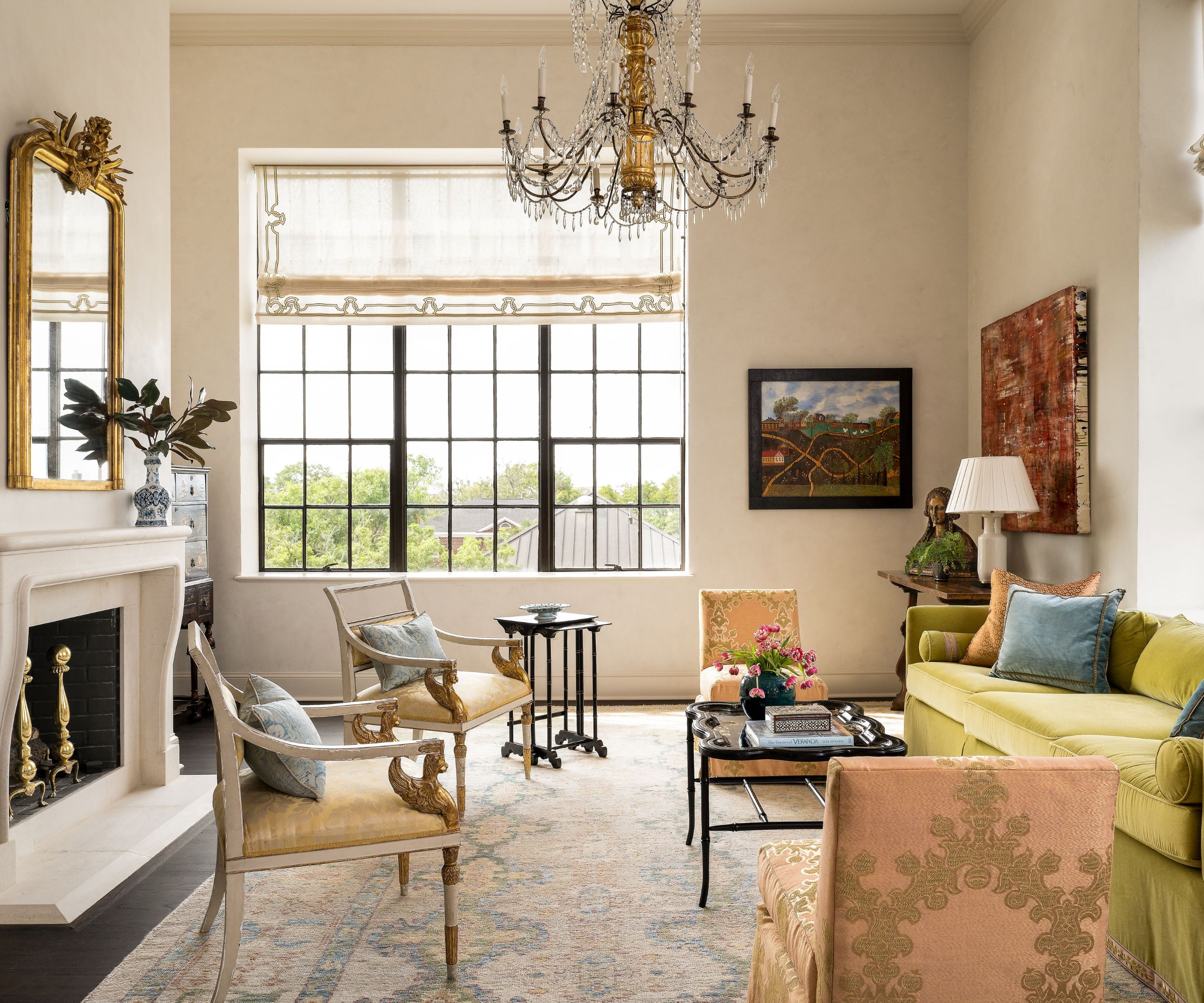
In this living room, designed by Moe Draz of Architrave Interior Design, the cream walls have a Venetian plaster finish created by a paint effects specialist. However, if you're painting the walls yourself, it's important to choose your shade carefully.
'Cream paint can seem like it would be the easy choice if you are going for a simple, clean and pared-back feel,' adds Gail Taylor. 'However with so many cream paints available they often look quite different, and this comes from their undertones. Seeing them in the natural light of the room is important. For example, a north-facing room can give a much cooler light and change an inviting cream white into a cool starker tone.'
To avoid a cold white or a dated yellowy look when using cream paint try sample paints in situ to check how the light levels at different points in the day will affect your possible color combinations.
Gail Taylor suggests the following shades: Pointing and Wimbourne White, both from Farrow & Ball; Slate I from Paint & Paper Library; and Portland Stone Pale and Linen Wash, both Little Greene. 'These all have a lovely chalky hue and a richness to them and are our current favorites,' she adds.
Andi Morse recommends White Dove, and Pale Oak, both Benjamin Moore shades; and Sherwin Williams' White Snow, all have proved popular with clients in recent projects she says.
4. Use cream paint in any room – nowhere is off limits
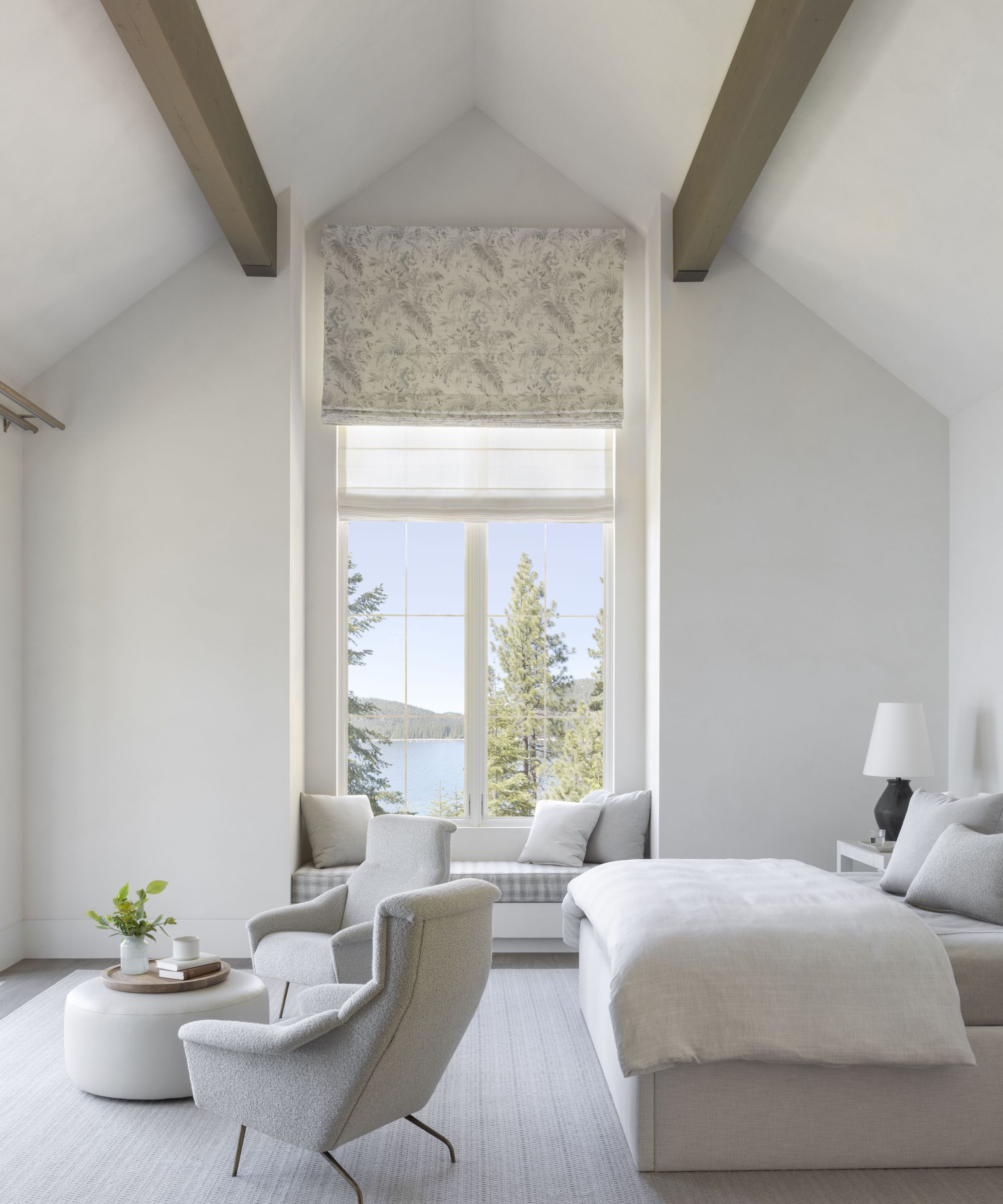
We asked our design experts if there were any rooms where cream paint wouldn't work well and should be avoided. Interestingly, most believe cream paint is universal and can look good anywhere.
H&G's Jennifer Ebert says: 'The designers are right about the versatility of cream paint, but for me, the room where it works best is the bedroom. Choose a shade with the merest hint of pink for a warmer look, or with a hint of brown (think pale taupe shade) for a more organic effect, either will be a good basis for a relaxing bedroom scheme.'
Andi Morse agrees: 'Cream can be great in as a bedroom color as it's not as harsh as stark white and can warm up the bedroom space to make it feel cozier.' In the lakeside bedroom scheme from designer Mead Quin, above, the pale cream walls frame the tranquil view and allow it to take center stage.
The sense of calm this shade brings with it will enhance the relaxing atmosphere in bedrooms, living rooms, bathrooms and kitchens. 'As long as you are using the right finish on your paint, you can use cream paint anywhere,' adds Cathleen Gruver, whose favorite shade is Benjamin Moore's Feather Down 953. 'Use a semigloss finish in an area you might need to scrub, for example in a mudroom or dog shower area, if there is the possibility of a dog or kid getting mud on the walls!'
5. Consider the paint finish as well as its shade
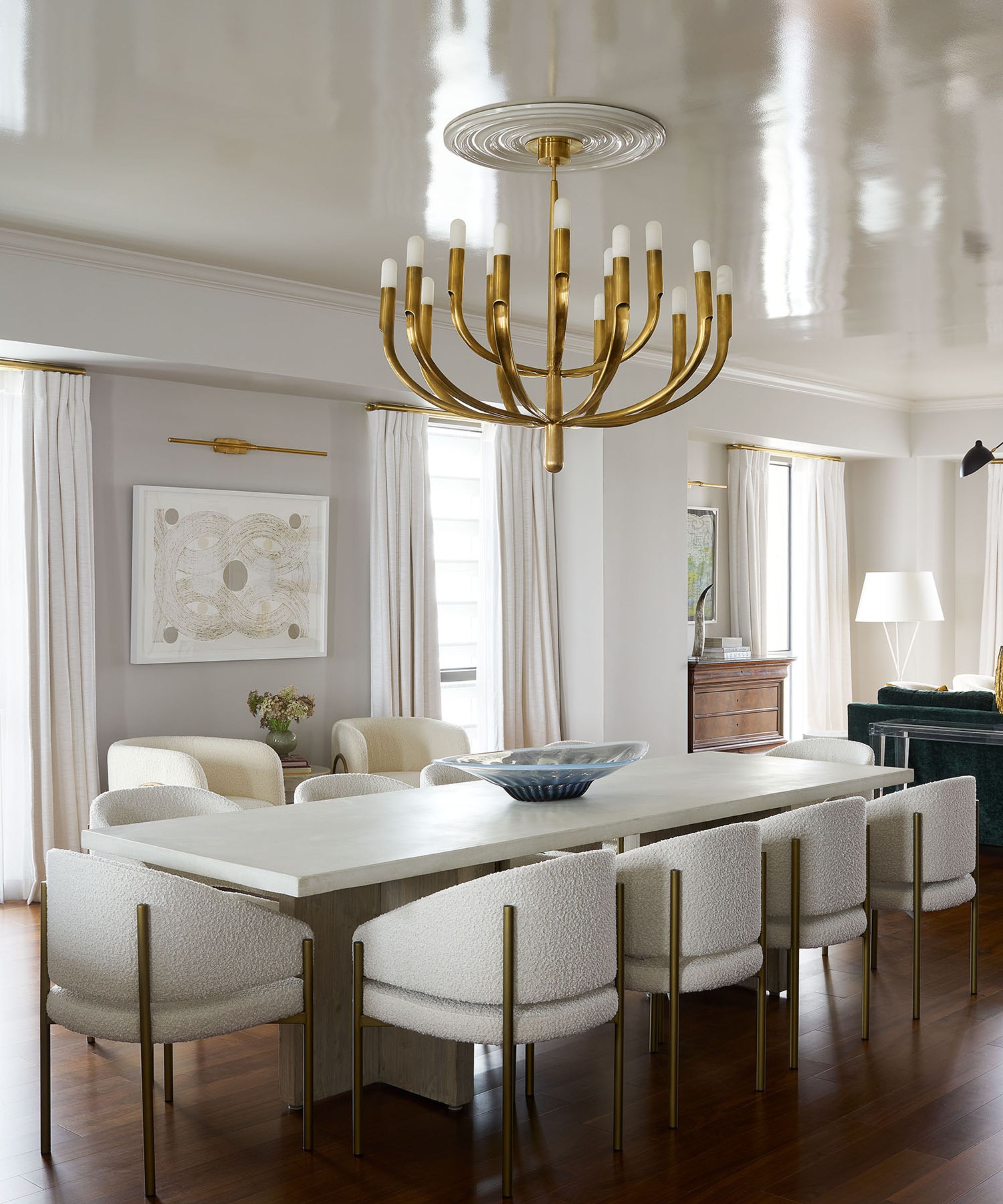
Just as when you're planning white room ideas and painting moldings and trim white to match the walls, it's important to choose the best paint finishes for trim in cream schemes. 'If you've chosen cream paint for the walls,' advises Andi Morse, 'it's best to continue the color on the trim and moldings of the room, too. I also think lacquered cream rooms are fabulous, for an extra touch of luxury.'
Designer Hattie Collins at Hattie Sparks Interiors specified a lustrous finish on the ceiling in this New Orleans apartment, above, using Fine Paints of Europe lacquer to dramatic effect.
It's well worth showing traditional homes with period-style features particular care when decorating. 'I love how cream paint can bring out the details in moldings – the intricate details tend to get lost when they are painted darker. It can be a great way to add texture to a more neutral room,' says Cathleen Gruver.
And on the subject of paint finishes, if you're trying to decide between satin vs semi-gloss paint, Cathleen Gruver adds: 'Using the right brand makes the biggest difference, and doing the right sheen in the right places too. I'm a big fan of semi-gloss on trim. A satin paint finish is nice as well if you don't want things super shiny.'
6. Introduce color with art, rugs, throws and pillows
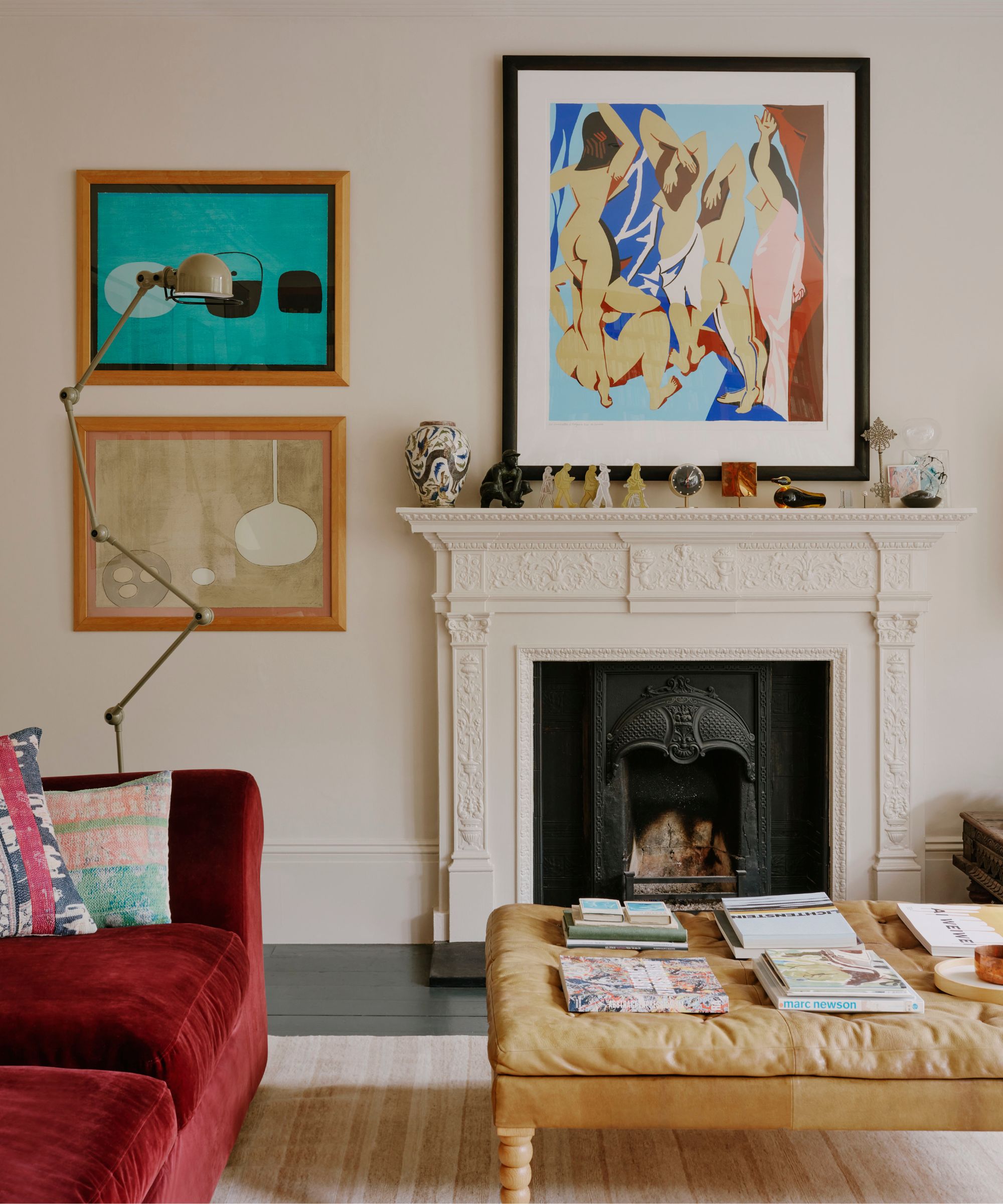
We heard what the design experts think about creating a layered space with cream paint by limiting the palette simply to creams and textures, but what if that's not enough and you're looking for a splash of color and pattern?
The good news is, cream paint is the perfect foil to colorful accessories, patterned textiles, and for deeper colored upholstered furniture. 'Cream paint allows those other elements to shine,' says Cathleen Gruver. 'Make sure you are adding textures through the space and if you want to add color, do it through art, rugs, throw pillows, etc.'
You really can lift a scheme with your pillow arrangements, by choosing a new rug and by decorating with art and bringing out the best in the cream paint tones.
7. Be aware of the downsides to using cream paint
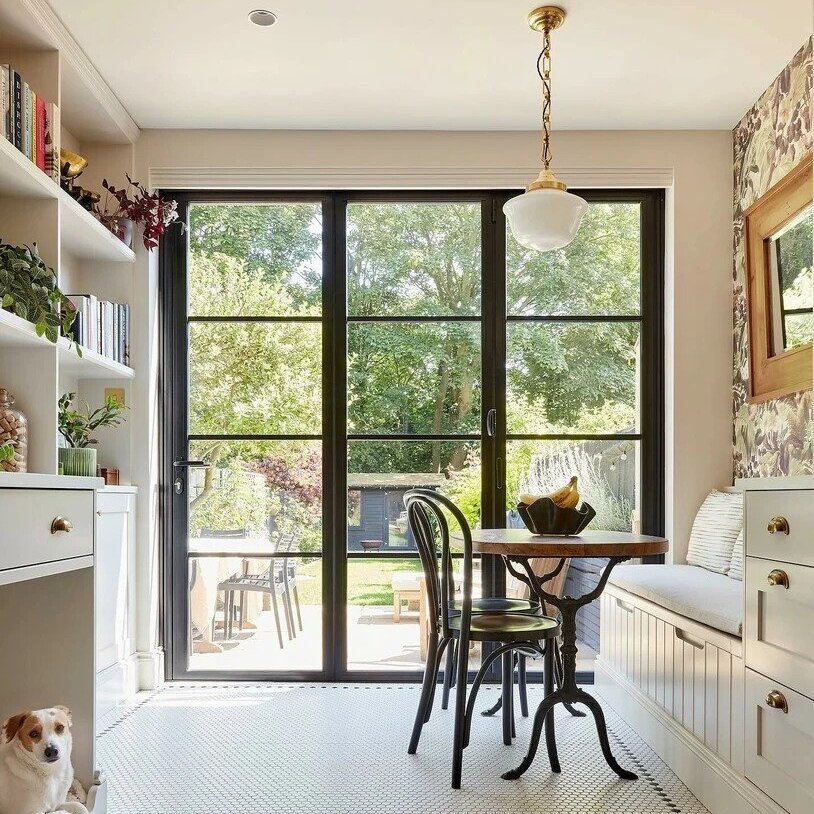
So far so good, but are there any disadvantages to using cream paint?
Well, according to the designers one of the biggest decorating mistakes when you're thinking about how to paint a room with cream paint is choosing a shade that's too yellow, as this can look dated. As always, use sample paints to ensure you're happy with the finished effect in the room and check the color looks good in morning and evening light.
Be mindful however of the surrounding colors or furnishings. Bright and dark colors will generally work well next to cream paint, however, that's not the case with pure white. 'Cream next to a stark white doesn't make either color look good,' warns interior designer Lauren Sparber, co-owner of Jodi Macklin Interior Design. Ignore her advice at your peril! The stark white becomes colder and takes on a gray hue, while the cream will muddy and read more yellow.
On a practical level, one further slight disadvantage with cream paint is that it shows up marks and scuffs, so either use a wipe-clean paint, or choose the color for areas where it won't be subject to hard use.
It's clear that despite not being all that popular in its most yellow form, cream paints that are closer to a warm white are on trend - always will be. The key to using cream paints is to pick the right one for your space, order plenty of samples as creams can be such chameleon shades, and in most instances, don't go too yellow, you want the warmth without it tipping over into being too buttery.
Sign up to the Homes & Gardens newsletter
Design expertise in your inbox – from inspiring decorating ideas and beautiful celebrity homes to practical gardening advice and shopping round-ups.
Karen sources beautiful homes to feature on the Homes & Gardens website. She loves visiting historic houses in particular and working with photographers to capture all shapes and sizes of properties. Karen began her career as a sub-editor at Hi-Fi News and Record Review magazine. Her move to women’s magazines came soon after, in the shape of Living magazine, which covered cookery, fashion, beauty, homes and gardening. From Living Karen moved to Ideal Home magazine, where as deputy chief sub, then chief sub, she started to really take an interest in properties, architecture, interior design and gardening.
-
 How to fertilize magnolias – garden experts reveal the secrets to better blooming, and timing is critical
How to fertilize magnolias – garden experts reveal the secrets to better blooming, and timing is criticalMagnolias are famed for their spring flowers, and feeding at the right time can give trees a boost
By Thomas Rutter Published
-
 Sarah Jessica Parker's spring tablescape epitomizes lived-in luxury with art deco candle holders and a statement tablecloth – it's easy (and affordable) to recreate
Sarah Jessica Parker's spring tablescape epitomizes lived-in luxury with art deco candle holders and a statement tablecloth – it's easy (and affordable) to recreateKick off the season right with a warm table that invites guests into your home by emulating Sarah Jessica Parker's luxe and cozy scheme
By Sophie Edwards Published